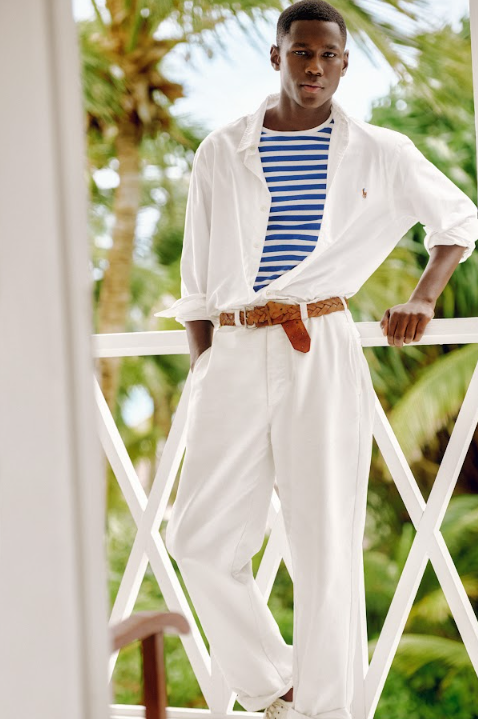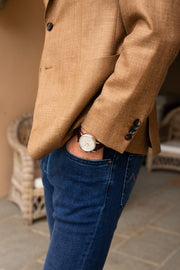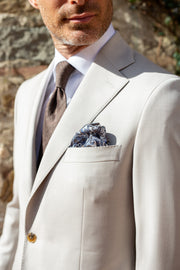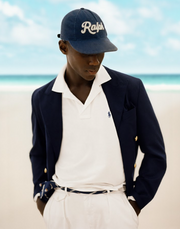 Shop Gant
Shop Gant

Mode masculine 101 : conseils d'expert pour assortir les couleurs des vêtements


Key Highlights
Elevate your outfit game by mastering the art of color coordination, turning heads and boosting your style with skillful color choices.
Solid Shades: Start with solid colors in blues and neutrals to create versatile outfits that elongate your body and provide variety without overwhelming.
Monochrome: Embrace the timeless combination of black and white for a striking and versatile look that pairs well with almost anything.
Working with Prints: Incorporate patterns sparingly, choosing one printed piece as the focal point of your outfit and keeping the rest plain to let the pattern shine.
Tone-on-Tone: Experiment with wearing different shades of the same color for a sophisticated and cohesive look that minimizes the risk of clashing.
Know your Neutrals: Understand the role of neutrals like black, white, grey, navy, camel, khaki, and beige, as they seamlessly complement other colors and provide a fail-safe option for outfit coordination.

Men's Fashion 101: Expert Tips for Matching Clothing Colors
But it doesn’t have to be this way. When handled with skill and confidence, color has the power to elevate an outfit from ordinary to extraordinary. It can lift your mood and, at its best, even turn heads.
For beginners, playing with color can indeed be confusing at first. If you get your color combinations wrong, the result can be a visual mess; but get it right, and your outfit can be a standout success.
So, what are the basics? How can colors be worn together to create a look that is complementary rather than clashing?
With a few simple tips, you’ll have your color coordination game nailed. Here’s how:

Solid Shades
You can stick to solids in the same color and still create a great look. This approach also has the added visual effect of elongating your body, making you appear taller and slimmer since it doesn’t visually cut your body in half.
For the color novice, it’s best to start with blues and neutrals. These provide a variety of outfit options, and once you’ve mastered the basics, you’ll gain the confidence to be a bit more daring.

Monochrome

Working with Prints
Choose a single printed piece for your outfit—whether it’s a patterned jumper, jacket, or, for the bold fashion enthusiast, a pair of trousers—and keep the rest of your outfit plain. This approach allows the pattern to stand out and be the focal point of your ensemble, making it a stylish conversation starter.

Tone-on-Tone
As the name suggests, this approach involves wearing various shades of a single color. For example, you might pair navy trousers with a baby blue shirt and a midnight blue blazer, creating a cohesive and sophisticated look.
Tone-on-tone outfits typically work best with colors like grey and blue, as mentioned. The minimal margin for error makes this style ideal for men seeking to subtly but significantly alter their approach to color in their wardrobe.

Know your Neutrals
Neutrals—think black, white, grey, navy, camel, khaki, and beige—are essentially colors that seamlessly complement all others. Conveniently, they never clash, making them a go-to choice for those who may feel uncertain about color combinations. Regardless of your expertise in styling, every man should incorporate a few essential neutral pieces into his wardrobe.



